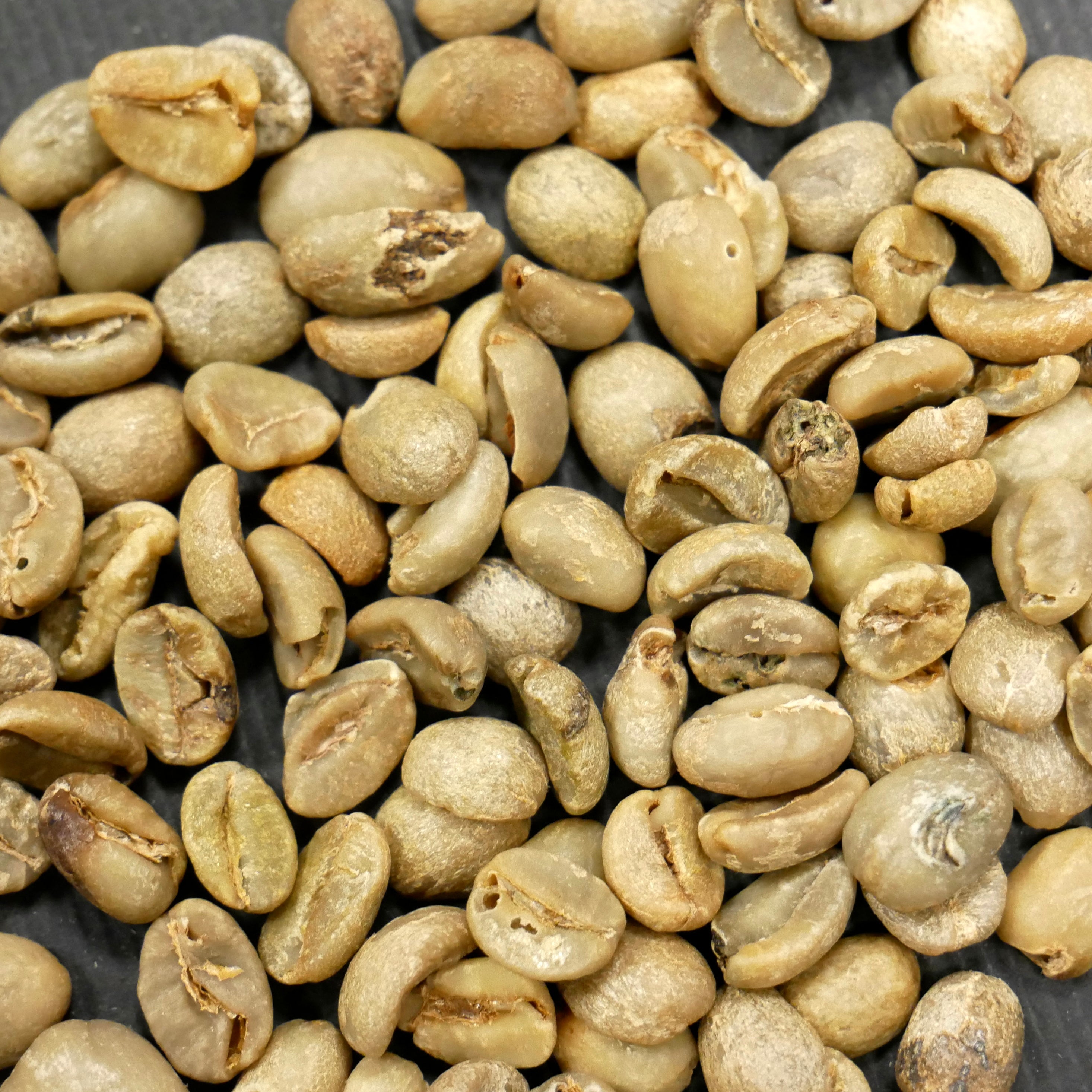Harvested grains can have several serious defects that significantly affect their taste and quality. Fortunately, you will never know it in a cup of our coffee, because all the beans are carefully sorted and processed before roasting - we really care about that. All dubious coffee beans are removed together with dirt before roasting, so you don't have to worry about getting packaged with poor and poor quality coffee. But what do such damaged grains look like? There are many defects and they are divided into two groups: primary and secondary.
Quality control of coffee beans
The green grains are thoroughly inspected. By hand or by machine, the grains are sorted from those with any defect. SCA (Specialty Coffee Association) states that the highest quality selected coffee has a maximum of 5% secondary defects per 350 grams. Therefore, really great coffee must not have any primary defect. If the coffee has up to eight defects (even the primary ones) per 300 grams, it is considered Premium grade, which is also not completely bad. Exchange grade has a standard of 9-23 defects, Below Standard Grade 24-86 and Off Grade 86 and more. What are the specific defects and diseases?
Full Black / Partial Black Beans
This is one of the most common defects. Fresh green coffee beans are mostly black, often cracked and wrinkled. If they are completely black, this is a primary defect. A partial color change is a secondary defect.
If coffee with this defect is roasted, it acquires a greyish color instead of chocolate brown. Its taste is unpleasantly bitter and markedly fermented. Therefore, only a few black coffee beans are enough to spoil the whole roasted batch. The reason this is happening is actually very trivial - lack of water. The shrub of the coffee tree from which the black fruits were harvested most likely did not have enough water or, in less frequent cases, was imperfectly fertilized. However, it can also be the result of poor unprofessional drying of unripe fruits.

Full Sour / Partial Sour Beans
Late harvest, long contact of coffee cherries with the ground, fermentation, poor storage or polluted water. They are characterized by unpleasant tightening acidity and are lighter in weight than the healthy one. You will also recognize them due to their significant irregularities. Although their differentiation is not as rapid as with black grains, you no longer want to encounter this defect due to their really strong acidity. Fully acidic and damaged grains are a primary defect. If the coffee is only partially affected, we are talking about a secondary defect.

Insect (Pest infested coffee cherries)
This secondary defect will probably not surprise anyone. Even at the altitudes where coffee is grown, there are pests that damage the fruits of the bushes, and small holes are created in the fresh green grains because of these intruders. These are visible on the cherries at harvest. The quality of the crop is therefore irretrievably gone. Grains damaged in this way tend to be too earthy after roasting and you can smell a kind of dirt or potato taste. One of the most common pests is Hypothenemus hampei, or coffee moth.


Source: https://en.m.wikipedia.org/
Broken / Chipped Beans (Broken and damaged grains)
Nature is not responsible for this defect. The grain becomes so brittle mainly due to poor drying. It starts to break and peel, so it is very difficult or impossible to estimate the correct length of roasting. The broken parts burn easily and become bitter. It is therefore very dangerous and rather inappropriate to give such damaged grains a chance. It is one of the secondary defects.

Fungus damage
Fungal or mold defects occur mainly in wetter growing areas. They are characterized by different colored spots on the surface of the grain. The reason may also be the interruption of drying or processing of coffee, which was collected after a long contact with the ground. Such grains can mainly contaminate other healthy ones, so it is necessary to be really careful about fungal diseases. We probably don't have to write to you about the taste of crops with fungi or fungal diseases, it is more than clear that these grains are not intended for consumption.

These were the underlying diseases and defects of the coffee beans. But there are many more. Growing coffee trees is, of course, extremely challenging, and farmers face a lot of variables every year that can ruin their crops. Despite the fact that the best coffee comes from the very harsh conditions of high altitudes in the tropical areas between the tropic of Cancer and Capricorn. However, all farmers do their best to ensure that their harvest is of the highest quality so that we can roast the best coffee for you.




Share:
To mix or not to mix espresso?
Coffee processing methods - How do they affect the final taste?